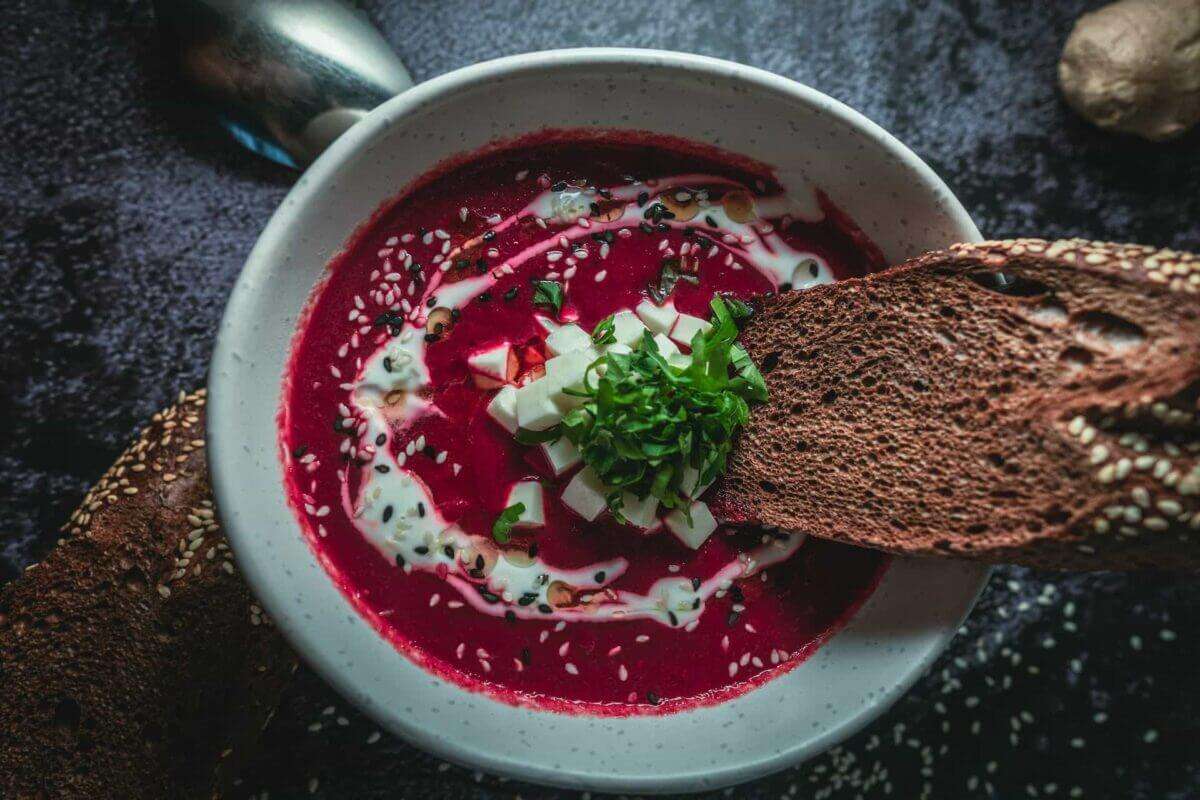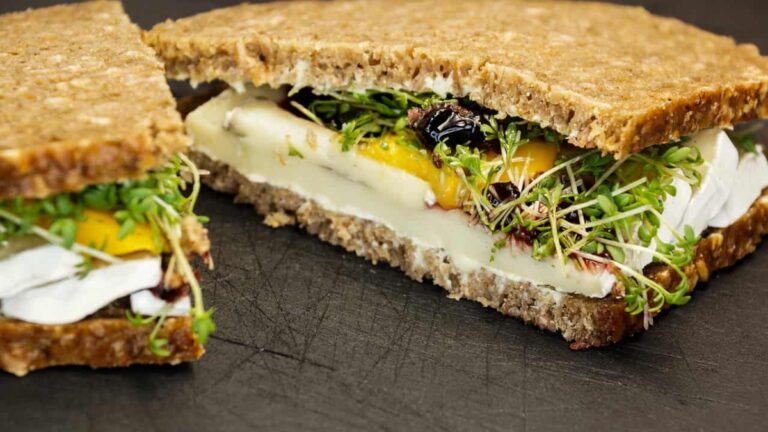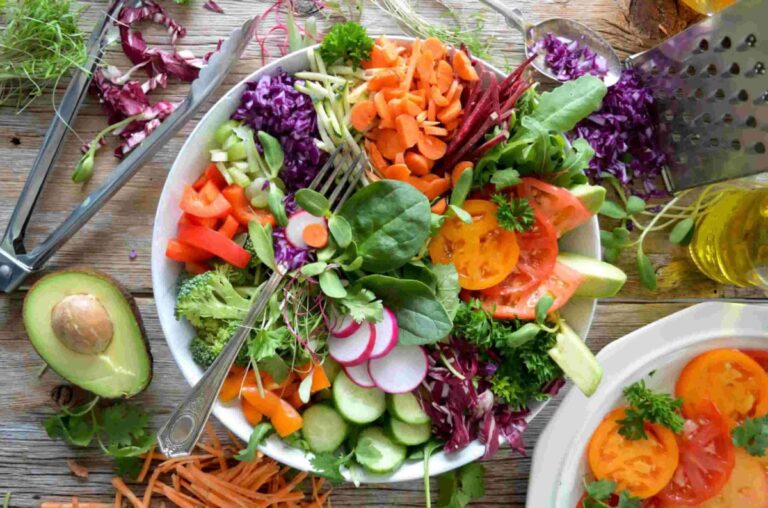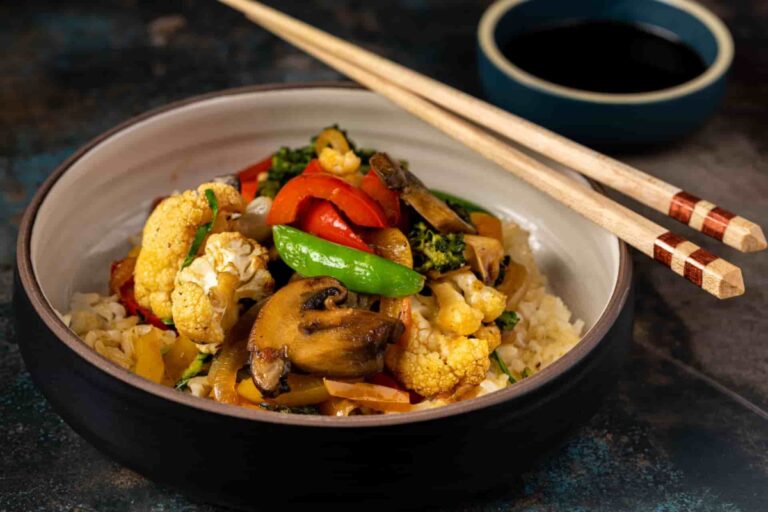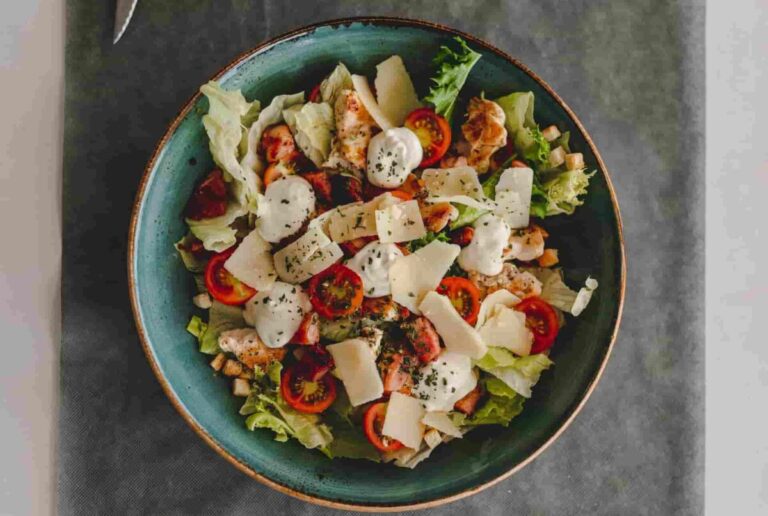Beetroot 101- everything you need to know
Did you know that beets were cultivated in Babylon’s fabled Hanging Gardens as early as 800 BC?
- Beetroots were utilised by the ancient Greeks as a remedy for a broad variety of conditions, including but not limited to headaches, constipation, toothaches, wounds, and skin disorders. In point of fact, beets were held in such high esteem that they were sometimes presented to the deity Apollo as a gift.
- During the time of the ancient Romans, beets were thought to have aphrodisiac properties. Boron is an element that is necessary for the production of human sexual hormones, and modern researchers have discovered that beets are able to take in and store large quantities of the element.
- Beetroot is a kind of vegetable as well as a natural “superfood” that provides several advantages to one’s health and diet. Beets were originally known by the old Latin term beta, which may have originated in Celtic. Around the year 1400, this name was changed to bete in Old English.
- Eating beets may help you prevent a hangover the next day. The pigment called betacyanin, which gives beets their colour, is an antioxidant. Because betacyanin encourages the detoxification of the liver, it enables your body to transform alcohol into a less poisonous substance that can be expelled from the body more rapidly.
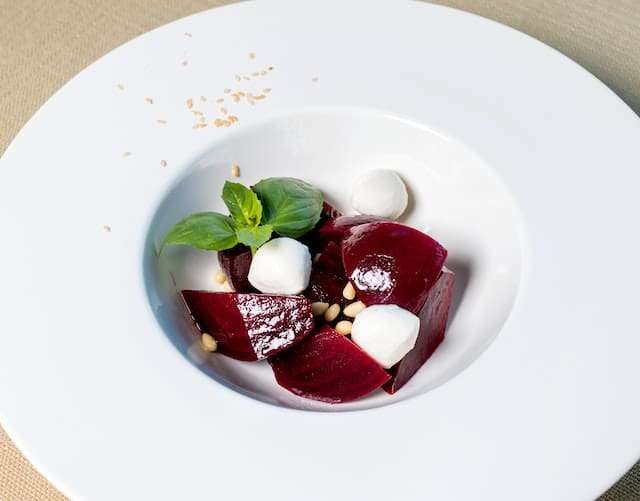
Beetroot nutrition values and health benefits
- Beets are an excellent food choice for anybody looking to increase their intake of folate, manganese, and potassium. Manganese is a component of antioxidant enzymes and assists in the breakdown of carbohydrates and proteins, while folate is essential for the synthesis of DNA and the prevention of neural tube problems in pregnancy. Folate also helps prevent birth malformations in babies.
- The nutritional value of beet leaves is comparable to that of other dark leafy greens, such as chard and spinach, in that they contain relatively few carbs and are loaded with a wide variety of vitamins and minerals that are of service to the body. However, beetroot also has a lot of benefits to offer.
- The reddish-purple colour of beets comes from a phytonutrient found in beets called betalains. These betalains also give beets their antioxidant properties. These substances contribute to a reduction in inflammation throughout the body and help protect cells from being damaged.
- According to the findings of a study, those who drank beet juice before exercising had an enhanced ability to exercise for longer periods of time, demonstrating improved cardiorespiratory endurance. This is due to the mechanism by which the nitrates found in beets are converted into nitric acid. This is a process that has the potential to lower the oxygen cost of low-intensity activity and increase tolerance to high-intensity exercise.
- It has also been shown that drinking beetroot juice may assist those with hypertension in lowering their blood pressure. Once again, the nitrates found in beets seem to be the factor that is accountable for this advantageous impact.
- According to the findings of research that included older people, a diet that is rich in nitrates may also assist in increasing blood flow to the brain, which in turn promotes cognitive health and functioning.
- Adults with type 2 diabetes who ingested beet juice exhibited improvements in their response time, which is a measure of cognitive ability. This finding was reported in 2014 in another study of people with type 2 diabetes.
- When ingested in the quantities that are normally seen in meals, beets are probably safe to eat. Beets seldom cause allergic responses because of their low allergenicity.
- After eating beets, the colour that they contain may make its way into your intestines. If you see a reddish colour in your urine or faeces but are otherwise feeling healthy, you do not need to be concerned about this effect. Changes in the colour of faeces may be a sign of an inside problem; thus, you should consult your physician as soon as possible if you feel unwell or if the coloration does not go away.
- Oxalic acid, which is found in beets, may interact with calcium and/or vitamin C to generate oxalates. Oxalates can be harmful. An accumulation of excessive oxalates in the body may result in infections of the urinary system, kidney stones, and even failure of the kidneys.
- If you suffer from renal illness or are on a low-oxalate diet for any reason, your physician may advise you to reduce the amount of beets you consume.
136g of boiled beetroot has 60 calories (252kj), 1.6g protein, 0.2g fat, and 9.6g carbs including 2.8g fibre
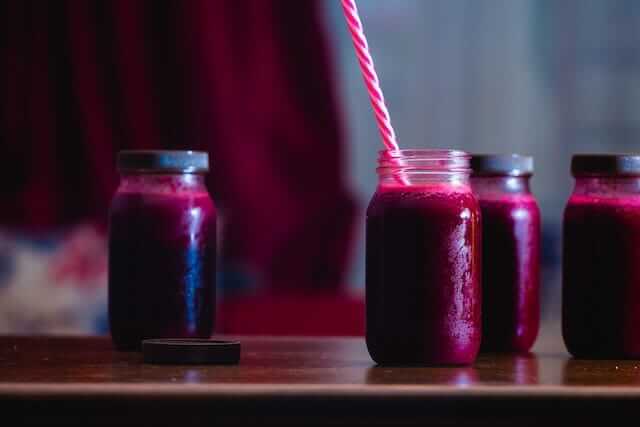
How to store beetroot and how to buy them
- Be sure to choose beets that have greens that are still bright and crisp when you buy them. In order to effectively preserve the beets and ensure that they remain as fresh as possible for the longest amount of time, it is imperative that you choose fresh beets. The leaves that are still connected to the beetroot are the most reliable indicator of how fresh the root vegetable is. If the greens that are attached to a beet have been wilted, it is probable that the beetroot itself is not especially fresh. In this case, you should choose another beet.
- Avoid purchasing beets that have any obvious defects in their appearance. It is essential that the beets you purchase have smooth skins. When picking your beet, be sure to get one with a deep red colour unless you are going to go with a different kind of beet, such as golden beets. It is important that the fish’s tail, which is located at the base of the animal, be in good shape.
- Choose beets that have a solid feel in the palm of your hand while making your selection. Select beets that are solid rather than soft, since softness is an indication that the beets are going bad. If you already have beets and see that they are mushy, it is best to get rid of them as soon as possible rather than keep them.
- Take the leaves and stem off the plant and discard them. Because the leaves draw moisture away from the root, removing them as soon as possible might help your beets remain fresher for a longer period of time. You should trim your beets so that there is around one to two inches, or three to five centimetres, of stem at the top of the root in order to get them ready for storage. Because beet greens may be eaten, there is no need to throw them away once the beets have been cooked. You may prepare them in the same way as you would any other greens, for instance by sautéing them in olive oil and seasoning them with salt.
- Put the beets in a plastic bag with holes punched in them and set them aside. While in the refrigerator, your beets will get wrinkled, dry, and mushy if you do not place them in a plastic bag. However, using a plastic bag will prevent these undesirable outcomes. In order to prevent condensation from forming within the bag, it is best to puncture it with several small holes.
- In the event that you are unable to make use of the refrigerator, the best place to keep your beets is in a root cellar. Although storing beets in a root cellar or another location that is both cold and moist is an acceptable alternative, the refrigerator is by far the most practical and time-saving option for doing so. If this is the case, you should keep your beets in the refrigerator or in a plastic container until they are required.
- It is a good idea to keep an eye out for warning signals that your beets have gone bad, and the following is a list of the things you should be on the lookout for:
- When beets are freshly harvested, they emit an aroma that might be described as “earthy.” If you’ve ever smelled beets, you may recognise an earthy fragrance, even if it’s difficult to describe exactly what it is. It’s possible that spoiled beets won’t constantly smell rotten, but you’ll definitely detect an unpleasant odour coming from them. Trust your superior smelling abilities and your instincts. If the odour is overpowering, you should get rid of them as soon as possible. The sense of smell alone is not always reliable for determining whether or not something is fresh, but in certain circumstances, it is sufficient.
- Some people believe that if you detect mould on your fruits and vegetables, you should trim off the mouldy bits and continue eating the remainder of the produce. The issue here is that the fungus hasn’t only harmed the sections that can be seen; rather, it has dispersed its poisons throughout the whole beet. In this particular scenario, throwing away the whole beet would be the wisest course of action. When it comes to foods that have acquired some mould, there is usually some controversy around them. As can be seen, the fungal infection does not merely impact the surface of the object.
- If you buy fresh beets, they should be quite solid. However, if you find that they have gotten wrinkled, you should check for bruises. Because they contain so little moisture, beets often develop wrinkles. If you find that the beets’ skin has turned mushy, it is time to get rid of them since they have gone bad. When beetroots are freshly harvested, they have the same crisp texture as carrots. Since they are both types of root veggie, I find it interesting to contrast my beets and carrots.
- Unfortunately, some individuals have the misfortune of having a beet spoil before its time. One can speculate that it was related to how they kept the beets in their storage facility. One method of verification is to take the suspect item out of the refrigerator after it has been there for a few days and taste it. It is not a good beet if the flavour is very harsh and dry, with none of the sweetness or mellowness that a good beet should have.
- Pickled beets that have been stored in the refrigerator in an unbroken cycle will maintain their highest possible quality for about one to three months. After the indicated storage time for opened pickled beets, the pickled beets’ texture, colour, or flavour may change; however, they are still generally safe to consume as long as they have been stored in a continuously refrigerated environment, the jar or can has not been damaged, and there are no signs of spoilage.
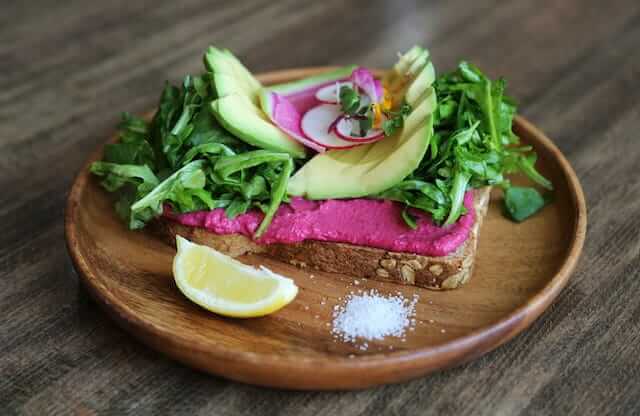
Cooking techniques, secrets, and tips from the kitchen
- Roasting is without a doubt becoming the preferred method of preparing beetroot, and it is an excellent way to reintroduce beetroot to individuals who previously disapproved of its taste. Roasting beetroot is an excellent way to reintroduce beetroot to individuals who previously disapproved of its taste. The beets just require a little bit of preparation before being roasted. If they are large and there is not much time, you may peel them and roast them in slices, or you can slice them very thinly and make a gratin in the form of a dauphinoise.
- If you want to add your beetroot to a soup or purée, boiling the beets is a fast and convenient technique that is not only easy to use but also pleasant.
- In spite of the fact that cooked beets may be put into almost any kind of standard green salad and provide good results, the beet root tastes best when it is allowed to have the spotlight all to itself. You may make a delicious salad by combining roasted beets with any of the following popular ingredients: sliced apples, feta, soft goat cheese, toasted almonds, and oranges that have been segmented. To put the finishing touches on it, drizzle some olive oil and balsamic vinegar over it.
- For the more daring cooks and bakers out there, beetroot may make an unnoticeable appearance in chocolate desserts, where it contributes both moisture and nutrition to the whole recipe. The fact that the children will never be aware of this is maybe the greatest news.
- You can make a vibrant dip by combining cooked beets with some yoghurt or crème fraiche and blending until smooth. Add some flavour by flavouring it with a splash of balsamic vinegar or a squeeze of lemon juice, some warm spices, some salt, and some pepper. You can prepare a vibrant beetroot hummus by combining beets, chickpeas, tahini, and garlic in a food processor.
- Be sure to leave the skins on the beets while you boil them in salted water until they are soft. Remove the skins, then cut the tomatoes into wedges and season them with salt, pepper, oil, and a splash of red wine vinegar. A salad that has a Scandinavian flavour may be made by dressing it with chopped dill and a little soured cream. This works well when combined with some sliced radishes and potatoes that have been cooked. Additionally, it is delicious when paired with smoked or pickled seafood. You may blanch any leaves that can be used, let them cool, then finely cut them and fold them in to add a hint of green.
- Beet juice is a natural dye that is used in the food industry as well as in the textile industry. It will stain the skin as well as porous surfaces. After exfoliating your hands with moist salt and lemon juice, wash them with soap and water to remove any residue. Utilise a bleach solution in order to clean plastic storage containers and chopping boards. Be cautious not to get beet juice on your clothing while you are eating beets.
- Even though red beets are the most common kind, there are a wide range of colour options available for beets. Beets may be found in a variety of colours and textures, including yellow, white, and even candy-striped varieties (characterised by red and white concentric rings). Table sugar is typically manufactured from sugar beets.
- Beetroot is delicious when combined with a wide range of cheeses (cottage, blue, goat’s, and feta), dairy products (sour cream, yoghurt, and crème fraiche), and almonds (hazelnuts, walnuts). Cumin, fresh herbs, horseradish, fatty fish, oranges, seeds, and vinegar are some of the other components that pair well with one another. Vinegar is also one of the ingredients.
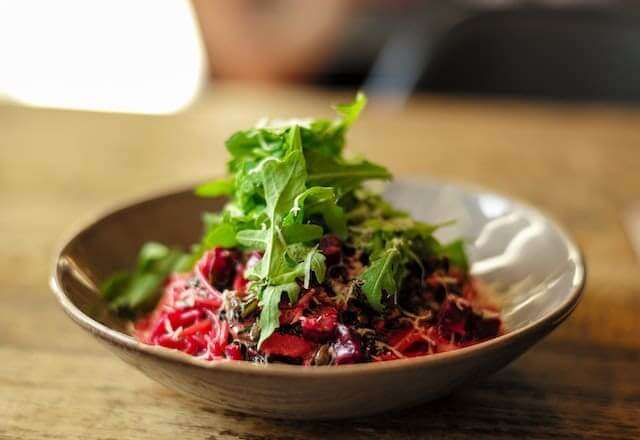
History of beetroot from the beginning until today
- Domestication of the beet took place in what is now the Middle East, and the beets were mostly grown for their greens at that time. Ancient civilizations such as the Egyptians, Greeks, and Romans were among the pioneers in the cultivation and collection of the plant’s seeds. By the time the Romans were there, we assume that people were already cultivating them for their roots and leaves.
- Since the Middle Ages, beetroot has been used as a treatment for a variety of illnesses, the most prevalent of which are digestive and blood-related conditions. According to Bartolomeo Platina, consuming beetroot in conjunction with garlic is an effective way to mitigate the symptoms of having “garlic breath.”
- All of these roles were performed by an old kind of beetroot that was very much like a carrot in that it was very long and very thin. It was in Europe throughout the sixteenth and seventeenth centuries that the modern one, as we know it today, had its start. It took a few hundred years longer to acquire popularity in Central and Eastern Europe, where new cuisines containing beetroot started to develop. This took a few hundred years longer (borscht, for example).
- During the Victorian era, beetroot was used both as a source of sweetness in various types of confections and as a source of colour in an otherwise colourless diet. During the process of industrialization, beetroot became more widely available as a result of the simplicity with which it was possible to prepare vegetables and preserve them.
- Due to food restrictions in certain regions after World War II, the most easily available vegetable was pickled beetroot in jars. This was because of the war’s aftermath. Beetroots are typically spherical in shape and a deep red colour; however, they may also be yellow, white, or even a combination of the two.
- In the food industry, beetroot juice is often used as a natural food colouring component. Its purpose is to heighten the colour of tomato juice as well as give colour to sauces, sweets, jams, and other culinary goods whose inherent pigment is not adequate in producing a suitably red hue on its own.
